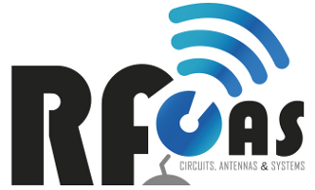| Abstract | Triplexers are devices widely used on communication systems for either splitting a signal into three different sub-bands associated to three different ports or combining three sub-bands into a signal with a broader frequency range. This frequency discrimination facility of the triplexers allows the use of the same antenna for different frequency bands, achieving an important reduction of mass and volume in the hardware equipment. Moreover, in satellite communication systems, the triplexer design is constrained to very stringent electrical requirements. The main features to control are the selectivity of the channels, the insertion losses and the power handling capability. In addition, a very accurate Computer-Aided Design (CAD) is necessary to reduce/avoid the need for tuning screws or any additional adjustments, which limit the maximum power to transmit, generate Passive InterModulation (PIM) products and increase the Multiplaction risk, raising the cost of the device in the design and experimental stages of the device. A triplexer consists of the following elements: a power divider and three channel filters. There are a wide variety of possibilities for these elements (see for instance J Uher et al., “Waveguide Components for antenna feed systems: Theory and CADâ€, Artech House, Chap.3). The selection of a particular topology is mainly determined by the channel bandwidths, frequency separation between channels, selectivity, return loss and off-band rejection. The physical configuration of the antenna feed system is another important aspect, since it usually must be very compact. In the presentation, different alternatives will be shown. One of them is the manifold configuration, with two filters in perpendicular to the manifold axis and one inline. Other option is to use an E-plane trifurcation with H-plane filters, with may provide lower insertion losses than E-plane filters. Another import asset when studying triplexer configurations is the possibility to address the CAD of the structure by means of Mode-Matching tools, since they are well-known for their accuracy and efficiency. A comparison between these different aspects will be given in the presentation, with focus on a triplexer with bands centered in 13.1, 14.12 and 18.25 GHz. The expected simulated results will be compared with the experimental measurements of a manufactured prototype for satellite applications. |


